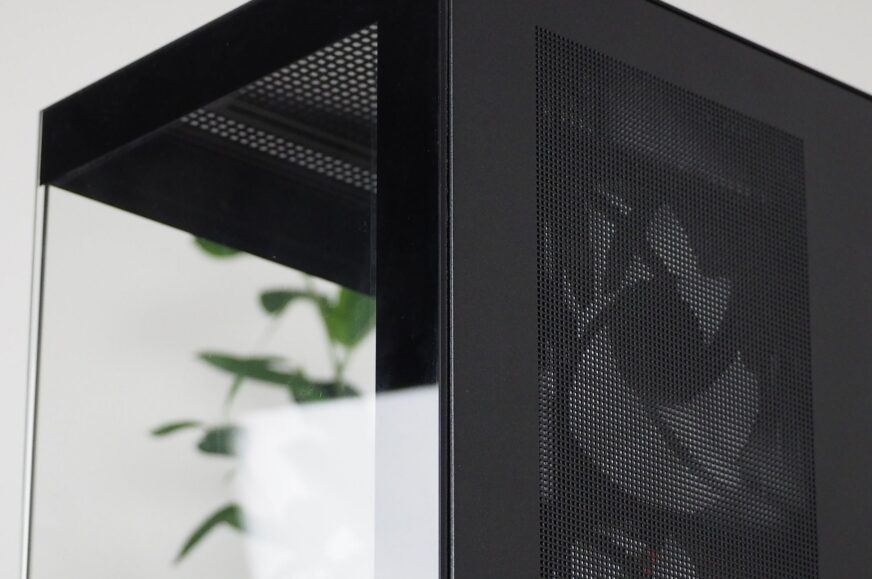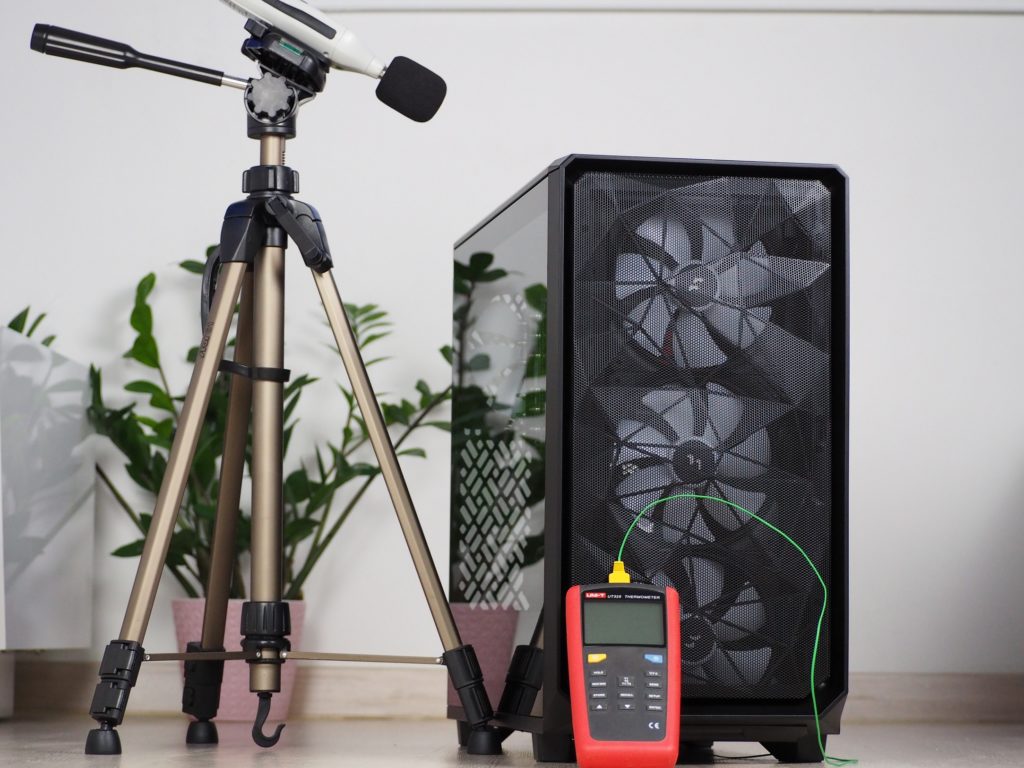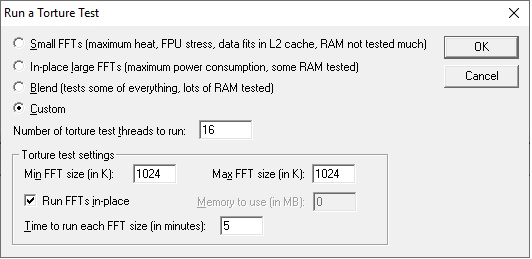Testing methodology
Aquarium or terrarium? In short, a proper glass (panoramic?) case with a good view of the components. It is not only the appearance that is supposed to be “attractive”, but also the abundant options for cooling, or rather installation of liquid coolers. And reconfiguring the system fans can also make sense with the DeepCool CH780. We chart the differences in the comparison tests as well.
Testing methodology
Due to the tight space between the tray and the left side panel, the compatibility of tower CPU coolers is severely limited. Therefore, I fitted the hardware I use to test Mini ITX cases. But the CH780’s capabilities clearly call for installing a huge liquid cooler for at least the CPU, if not the graphics card as well. It can fit up to three 420mm radiators at a time.
With the supplied 420 mm triple-fan, I’ll test the original setup, which is oriented to pull heated air out through the right side panel. Even though there is no dust filter on the side panel, we compare them in the opposite direction as well – drawing in cool air in from outside – at the higher noise level (39 dBA).
Testing is done in a home environment where I strive for the most accurate results possible. In the room during testing, the air temperature in front of the case is 23 degrees Celsius and the minimum noise level I can measure with the Voltcraft SL-100 noise meter is 32.4 dBA. The sensor of the noise meter is aligned to the center of the top of the case at a distance of 10 cm, for the best measurement of the speed difference of the fans, which I change using the motherboard. For easy comparison to other cases, they are always regulated to fixed noise levels.
Individual components are heated for 10 minutes in FurMark synthetic stress tests and with Prime95 (custom settings) at the same time. This time is long enough to allow all components to warm up sufficiently. There are then 15-minute cooling breaks between tests, during which the component temperatures (and the case air temperature as well) are brought back to default.
Noise mode levels:
- 36 dBA
- 39 dBA
| Test setup | |
| Processor | AMD Ryzen 7 3700X |
| Motherboard | Asus ROG Strix X470-I Gaming |
| CPU cooler | Noctua NH-L9x65 SE-AM4 |
| Thermal compound | Noctua NT-H2 |
| Graphics card | Asus RTX 2060 Super Dual |
| RAM | Patriot, 2× 8GB, 3600 MHz/CL17 |
| SSD | Western Digital Blue 500GB (2280) |
| Power supply | Corsair RM750x |
- Contents
- Exterior
- Interior
- Testing methodology
- CPU and GPU cooling tests
- Motherboard cooling tests
- SSD cooling tests
- Conclusion











That’s a much better fan rail design than most cases. Further improvement would require a design that only covers the corners of the fans.
For intake vs. exhaust, I’d imagine the reason why exhaust is worse is partly due to the open top. Without a radiator and with only the stock case fans in exhaust orientation, covering the top vents should result in more airflow over the motherboard area. This applies to the intake orientation too, but to a lesser extent since air is thrown towards the general direction of the components.
Thanks for the great review. This is a very nice case and I am excited to build in it.
My current plan is: AIO top exhaust, side block in take, bottom 3 fans intake.
This config provides too little exhaust vs intake. Because of this, I am considering alternatives described in configs 1 and 2.
https://ibb.co/RNtqzFx – config 3
https://ibb.co/xJRsJ3J – config 1
https://ibb.co/CQJrB0v – config 2
I’m leaning towards config 1 bc there’s actually slightly more intake as there’s 3x140mm + 1×120 vs 5x 120mm with aio interfering with 3.
Config 2 would be too close to negative air pressure, leading to dust build up inside case.
“The Deepcool CH780 impresses with its wide viewing angles and solid performance at the core, offering great value for users seeking quality sound and comfort. An excellent choice for those who prioritize both style and functionality in their gaming or multimedia setup.”